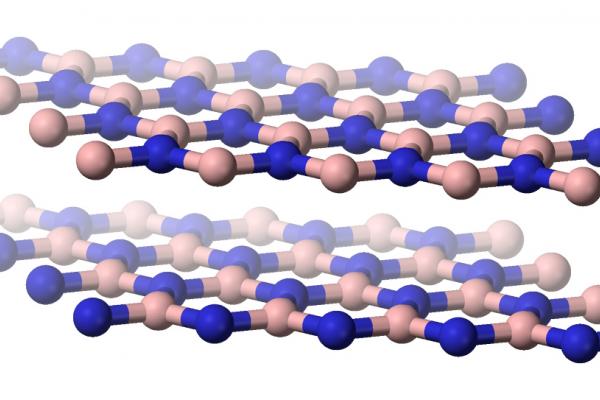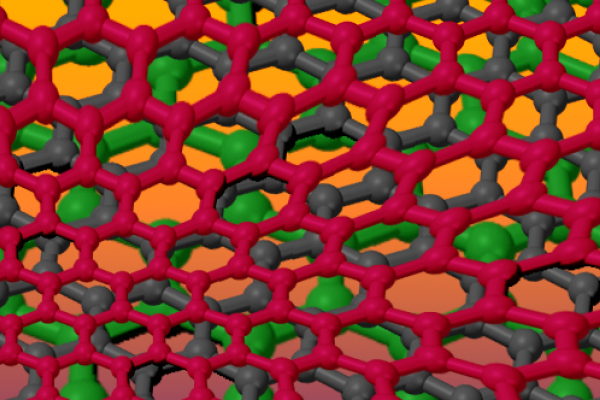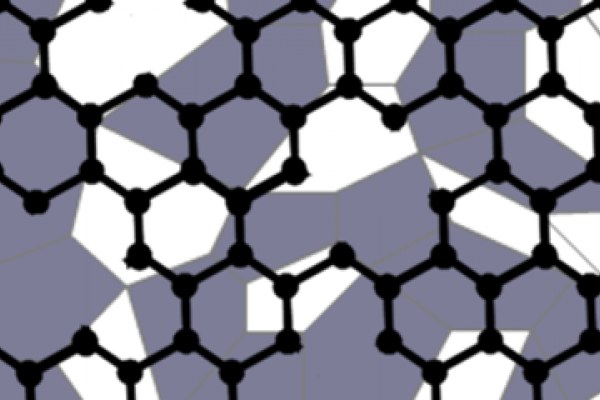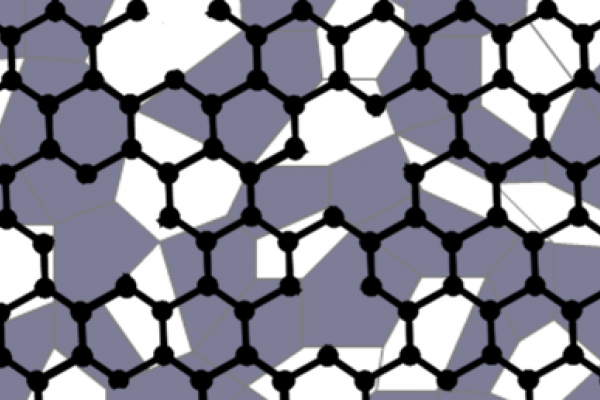What’s the point of graphene?
Removing carbon dioxide from natural gas to reduce emissions, creating biosensors to detect molecules and enhancing night vision goggles – the potential applications of graphene seem endless.
But what are the biggest challenges in getting the one-atom-thick material out of the lab and onto the factory floor?
This September, Horizon talks to scientists who are turning graphene into membranes that can strip impurities from water, and we find out how one of the big hurdles is working out how to grade graphene.
And we hear from the scientific director of graphene-maker Graphenea, who believes that the graphene market could be extremely attractive for companies once applications start to come online.
In 2013, the EU launched the EUR 1 billion Graphene Flagship - its biggest-ever research initiative - with the goal of developing applications for graphene within a decade by bringing together researchers from academia and business.
For more information http://graphene-flagship.eu/
Atom-scale building blocks that have been compared to microscopic Lego are allowing researchers to play with the properties of common materials, and the possibilities are so great that it could keep scientists busy for the next 50 years.
This month, Horizon explores the weird and wonderful world of 2D materials. We talk to researchers revving up for a nano car race on a track the size of a flu virus, and others who are splicing atom-thick layers to create materials with on-demand properties. We find out how one scientist is bending and stretching 2D materials to create ultra-small sensors, and discover some of the other potential applications creating a buzz, including energy storage and high-power computing.
Imagine a laptop or smartphone that uses almost no power to perform computations. It's still decades away, but it’s the logical conclusion of a technique that’s already under development using the spin of electrons in graphene.
Pure graphene is impenetrable to even the smallest atoms but with a few adjustments it is giving rise to a new generation of permeable membranes, with possible applications from water filtration to reducing power station emissions.
Pure graphene is impenetrable to even the smallest atoms but with a few adjustments it is giving rise to a new generation of permeable membranes, with possible applications from water filtration to reducing power station emissions.
Bi-weekly news alert
The best Horizon stories, delivered to your inbox
Subscribe now






